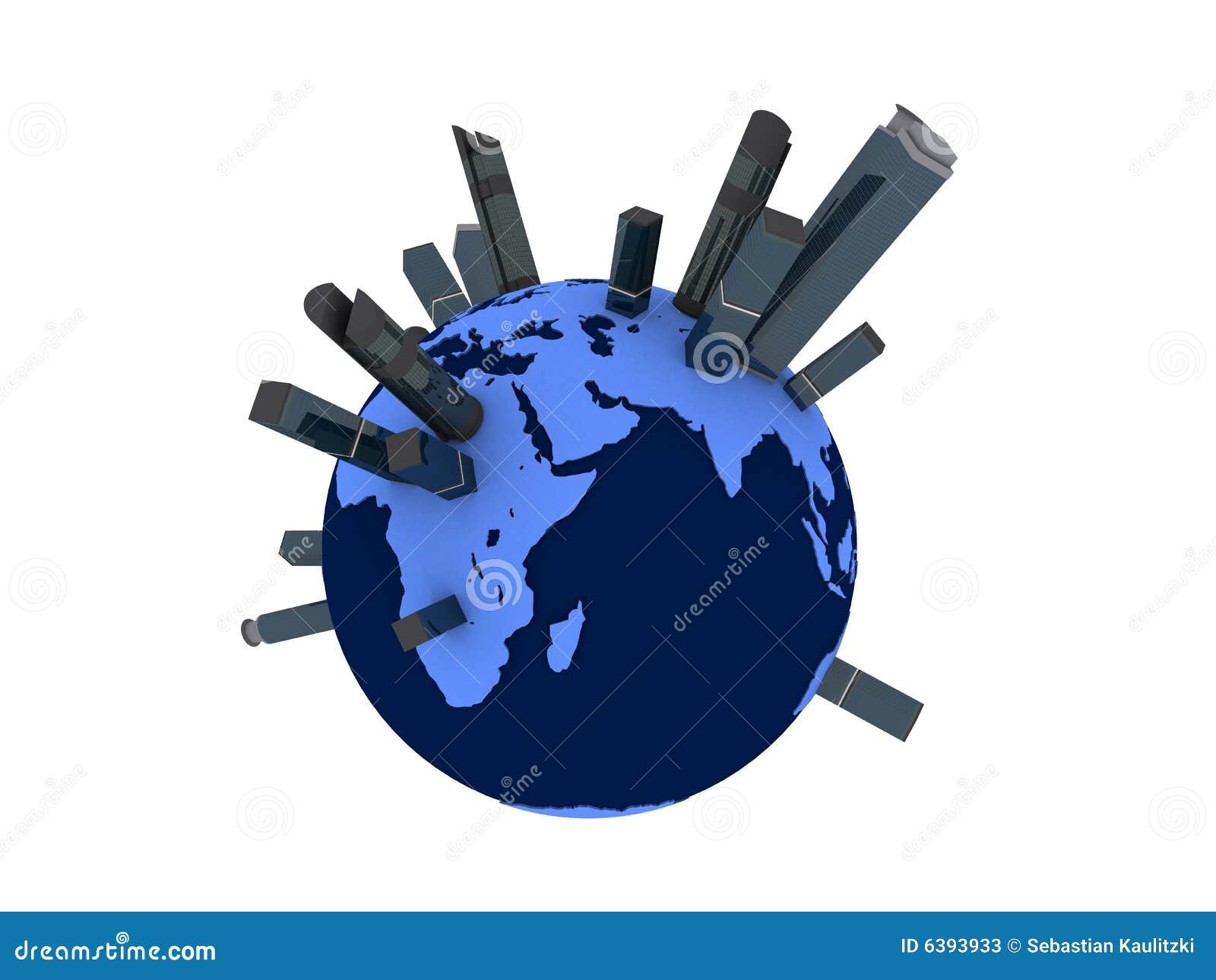

He credits Knight and Gappert (1984) for including Tel Aviv, for the first time, among those cities in the world, which, according to Forbes of July 1983, "are the respective homes of two or more corporations that achieved substantial annual sales.". The concept of Tel Aviv as a world city was established by Kellerman in 1993, emphasizing the existence of "leading economic functions typical of the late 20th century: high tech industries and a modern service economy". Key words: world city, globalisation, Tel Aviv, Israel That Tel Aviv maintains with other urban centers of world city caliber. Future researchĪvenues are an in-depth analysis of Tel Aviv's social inequalities and the linkage patterns Industry, acting as a growth pole for the local and national economies. In addition toĬommon attributes of a world city one of the main assets of Tel Aviv is its high R&D intensive

Global economic centers with which it maintains most of its network links. Tel Aviv evolved into a global city in spite of the fact that it is located at aįrontier in its own region, the Mideast, and at the cul-de-sac site relative to the mainstream Orientated economy, and has displayed a post-modern physical ambience and social andĬultural lifestyle. Since the 1990s it has evolved into a hard core of Israel's post-industrial, globally Greater (metropolitan) Tel Aviv with 2.6 million population inĢ000 (Tel Aviv City had 350000) has been Israel's primate urban agglomeration since theġ920s. Paper extends the notion of Tel Aviv as a world city in evolution, using up-to-date worldĬity literature and indicators. The existence of leading economic functions typical for the late 20th century city. Tel Aviv was mentioned as a world city for the first time by Kellerman (1993) who emphasized (Z) Tel Aviv, Israel - A World City in Evolution: Urban Development at a Deadend of the Global Economy * Please refer to the published version when quoting the paper. Ljubljana: Department of Geography, University of Ljubljana, pp. This Research Bulletin has been published in M Pak (ed) (2004) Cities in Transition.


 0 kommentar(er)
0 kommentar(er)
